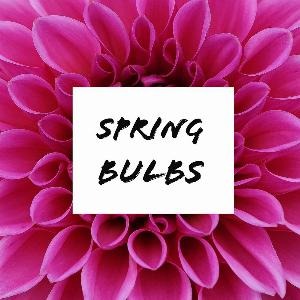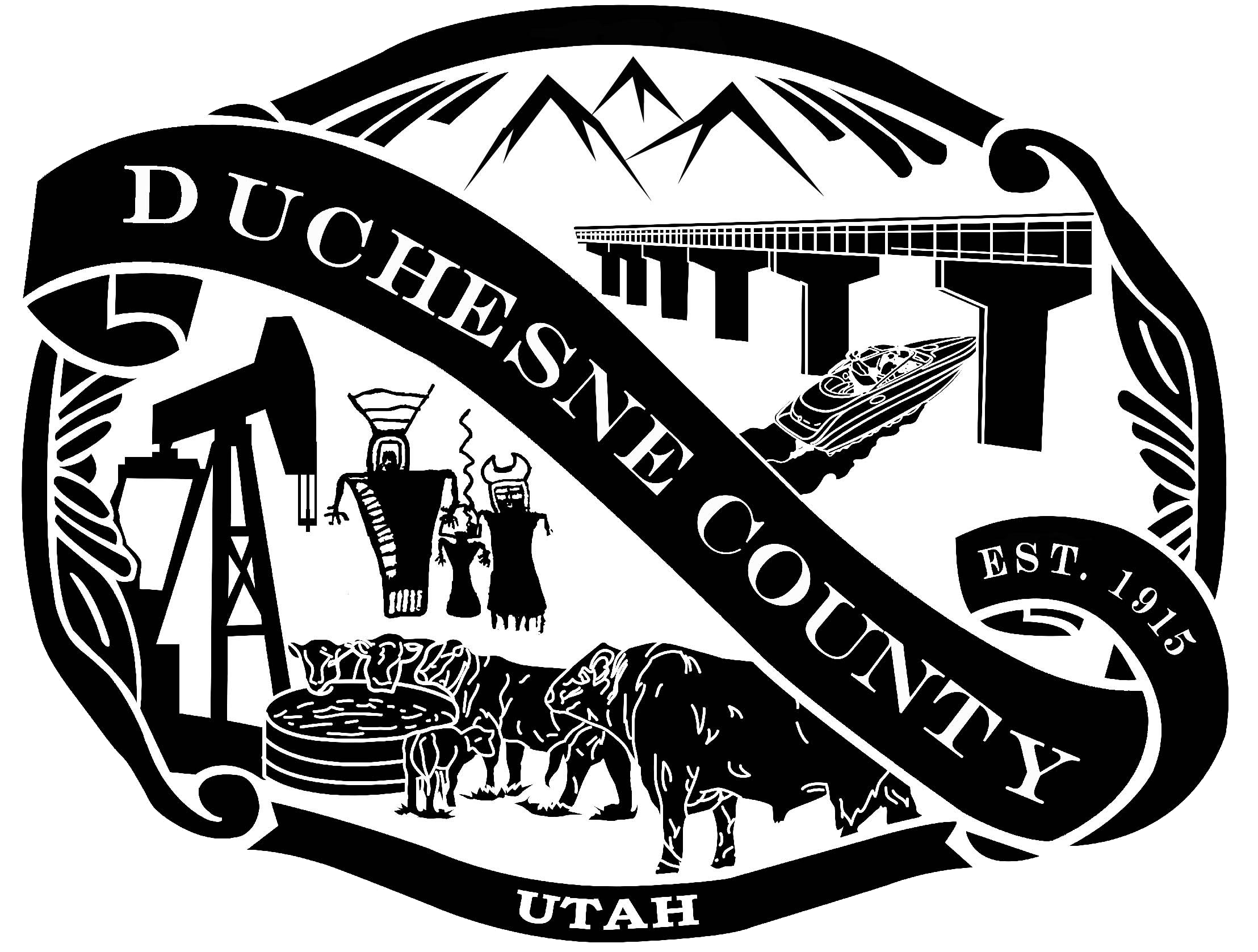Spring bulbs include dahlias, gladiolas, begonias, lilies, cannas, and a few others. These bulbs have rewarded garden enthusiasts with gorgeous, show stopping blooms year after year. When you plant spring bulbs, work a low nitrogen, high phosphate fertilizer, such as 16-16-16 or Hi-Yield Dutch Bulb Food, into the soil. Feed dahlias again when flower buds begin to form, and again when the buds show color. For really big blooms on dinner plate dahlias, pinch off any flower buds between the main stem and the side leaves so that only two or three buds are left at the top of the plant. For a really heart-stopping bloom, pinch off all but one bud. Dahlias that grow to be three to four feet tall may require staking. Tie the main stem loosely to a stake when it has grown to about twelve inches, and continue tying at intervals of 8 to 10 inches as the stem keeps growing toward its full height. Begonias do extremely well in pots ands planters, and bring an exotic splash of color to shady places. Be careful not to plant begonia bulbs too deeply. The top of the bulb should be peeking out of the soil. Gladiolas are one of the longest lasting cut flowers, but because the flowers are so heavy, they may need some staking. Put a stake at each end of the row and then gently weave lengths of twine among the stems and secure the ends to both stakes. For bulbs that you planted last fall, such as tulips, crocus, hyacinths and daffodils, a spring feeding of a high phosphate fertilizer is in order just as the first growth appears. Phosphate is the most important nutrient for bulbs, since it is responsible for healthy root and bulb development and bloom vigor and size. 16-16-16 is a good bulb fertilizer, but Hi-Yield Bone Meal, Super Phosphate, and Dutch Bulb Food also give you excellent results. To make your tulips and crocus less appetizing to deer and rodents, try putting a generous top dressing of Hi-Yield Blood Meal around the shoots. Although
we
can’t smell it, they are repelled by the odor, and as a bonus, blood meal is a good source of slow release nitrogen for bulbs.
Let's talk for a minute about spring bulbs. . .
















